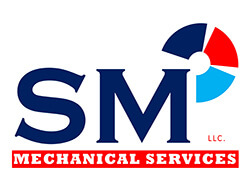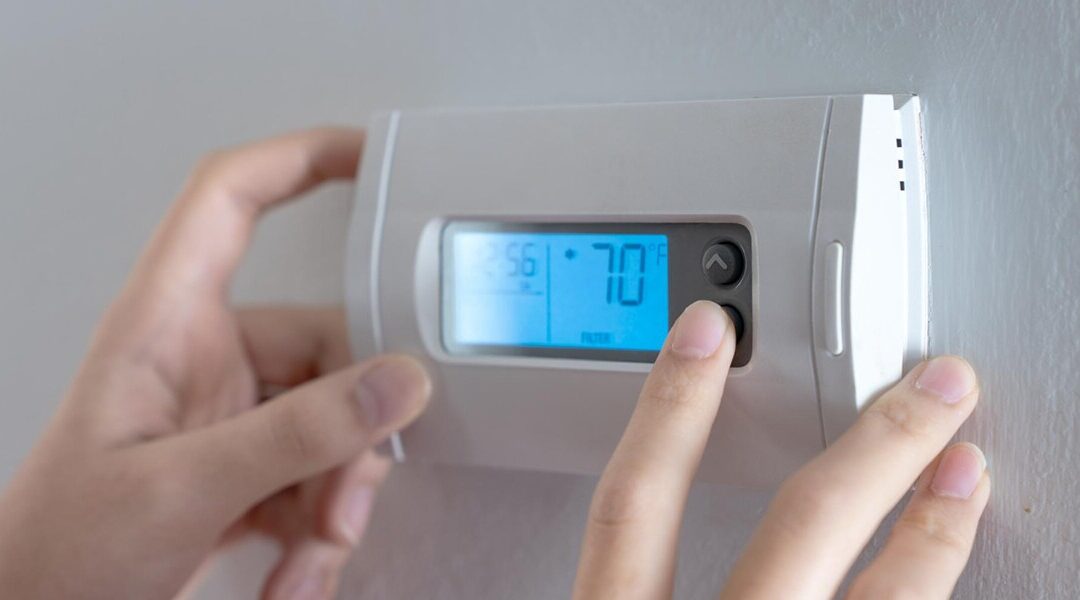Are you shivering in your home and wondering why your furnace can’t keep up? If you have problems with a furnace not responding to thermostat settings, keep reading to learn what to do. As a trusted HVAC contractor in Glastonbury, CT, SM Mechanical Services can help you keep your home warm all through the winter.
How the Thermostat Works
Your thermostat forms an essential part of your HVAC system, and its primary function is helping your furnace and air conditioner regulate the temperature to your desired setting.
Thermostats come in either electromechanical or electronic models, but they both work by sensing the ambient air around the device and sending a signal to the rest of your HVAC system. While advanced thermostats come with programmable settings or smart device access, even basic models can provide adequate control over the temperature in your home.
Common Reasons Your Furnace Doesn’t Respond to the Thermostat
If your furnace doesn’t respond to your thermostat’s settings, it puts your dream of an energy-efficient home at risk. You’ll also feel uncomfortable until you fix the issue. The common causes of most thermostat malfunctions include the following:
Incorrect Settings
The first thing you should check is your thermostat’s settings. Do you have it set to cool in the winter? Most people make this simple mistake at some point, but it means your thermostat won’t trigger the furnace to heat your home.
It’s also possible someone turned off the thermostat, and you just need to switch it back on. Finally, make sure you set it to the correct temperature, as setting it too low means your furnace never has a reason to turn on.
Power Problems
If you’ve determined your settings aren’t the problem, you can perform some additional HVAC troubleshooting to discover if the problem resides with your power source. Most thermostats don’t plug directly into your wall, so if the battery dies, the device can’t stay on.
If the device’s battery works, keep going down this furnace troubleshooting guide, or call your HVAC professional for help.
Tripped Circuit Breaker
One of the first tips for heating system troubleshooting as it applies to power includes checking the circuit breaker. You can easily check and fix this issue yourself.
Locate your circuit breaker. If the switch is off, flip it back on. Even oil, gas, and propane furnaces require some electrical components, so they can still trip your circuit breaker.
Faulty Furnace Wiring
Another potential power problem stems from bad furnace wiring. Your thermostat sends signals to your furnace using a network of wires, but they sometimes suffer damage or become frayed over time. One of the first furnace repair tips an HVAC specialist learns is checking and replacing the wiring.
Replacing the wires requires special training, so never attempt to repair faulty furnace wiring yourself.
Mismatched Thermostat for Your Furnace
If you have trouble with your furnace not responding to thermostat settings, you may have the wrong thermostat for your furnace. Not every thermostat works compatibly with every device. So, if you experience temperature control issues, ask your HVAC technician if you have compatibility problems and what alternate thermostat they suggest.
Clogged Air Filter
An air filter improves the quality of your air and usually won’t restrict how well it flows through your furnace. However, when the filter becomes too dirty, your furnace works harder to pump the air through. If the over-exertion becomes extreme, your furnace might even shut down before it reaches your desired temperature.
Locate your filter and replace it when necessary. You can avoid this issue by regularly checking your filter and replacing it every 30 to 90 days, depending on the type of filter you use. If you have pets or smoke, you should check it more frequently.
Problematic Belt or Blower
Two primary components of your furnace are vulnerable to damage and can prevent your furnace from functioning to its full potential. Your furnace uses a blower to propel the air through your home. The motor powers the belt, which turns the fan.
You might hear a loud screeching sound, which means your blower needs lubrication. The belt can also break, which prevents your furnace from distributing the air and thus feels like it’s not keeping up with your temperature settings.
Lack of Fuel
While it’s not an issue with electric furnaces, if your system runs on natural gas, oil, or propane, it can run out of fuel, which prevents it from heating the air. If you use oil or propane, you’ll find it stored in a tank on your property, and you should call your provider to determine if you need more fuel.
If you power your furnace with natural gas, test other appliances that use the gas to determine if it’s isolated to your furnace. If your other devices don’t work, call your utility company to determine why you have a disruption in your supply.
Clogged Drain Pan
The secondary function of your HVAC system is to remove moisture from the air. But all that humidity must go somewhere, and your furnace’s drain pan collects the water. Typically, the furnace automatically pumps the water from the drain outdoors.
However, sometimes, the drain becomes clogged, which triggers a float switch that prevents the furnace from igniting. This helps to avoid rust and other more serious problems.
Extinguished Pilot Light
The furnace pilot light can become extinguished from problems with the appliance or something as simple as a draft. With the pilot light out, many systems in the furnace won’t function. You can reignite the pilot light yourself, but you should call an HVAC technician to figure out if the furnace has an underlying problem.
Contact SM Mechanical Services for All Your Furnace Needs
If you’re googling “Furnace not responding to thermostat,” you now know how to troubleshoot the problem. SM Mechanical Services can help you diagnose and fix HVAC issues ranging from furnace ignition failure to a frozen air conditioner.
Call SM Mechanical Services at (860) 530-2671 for furnace help today.

